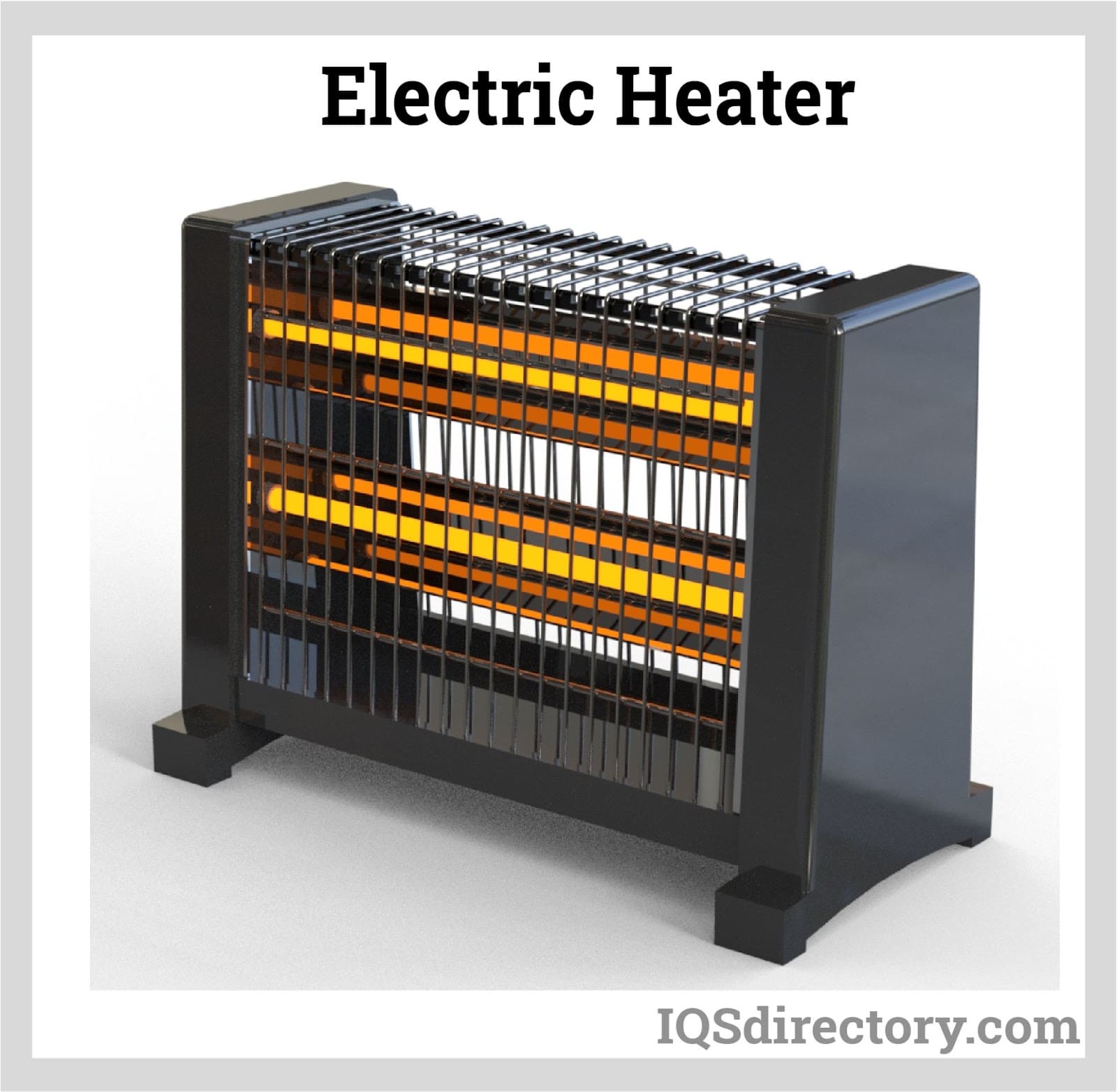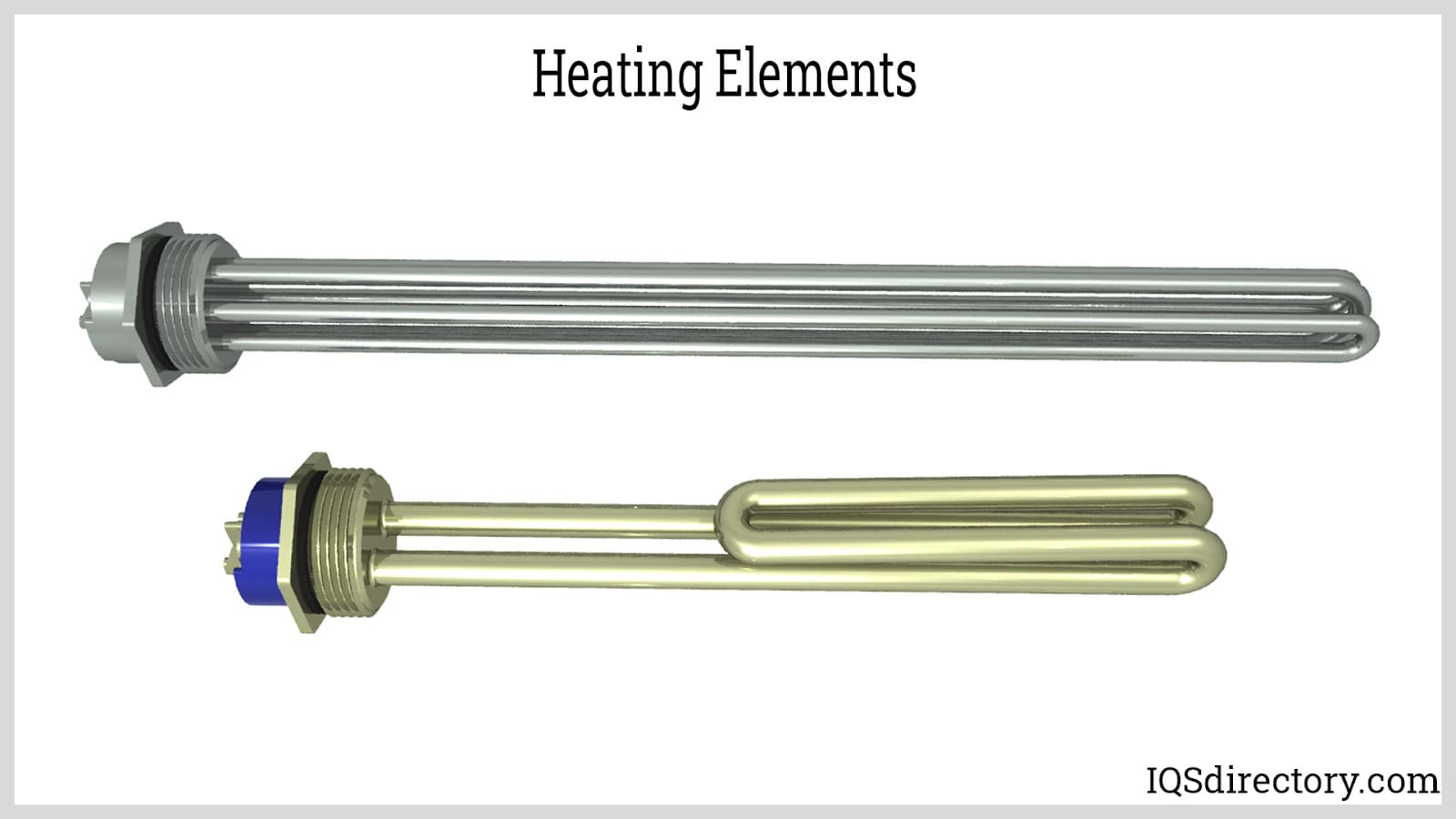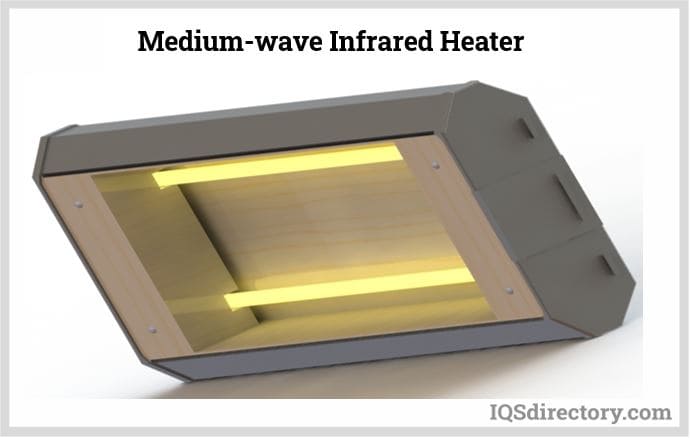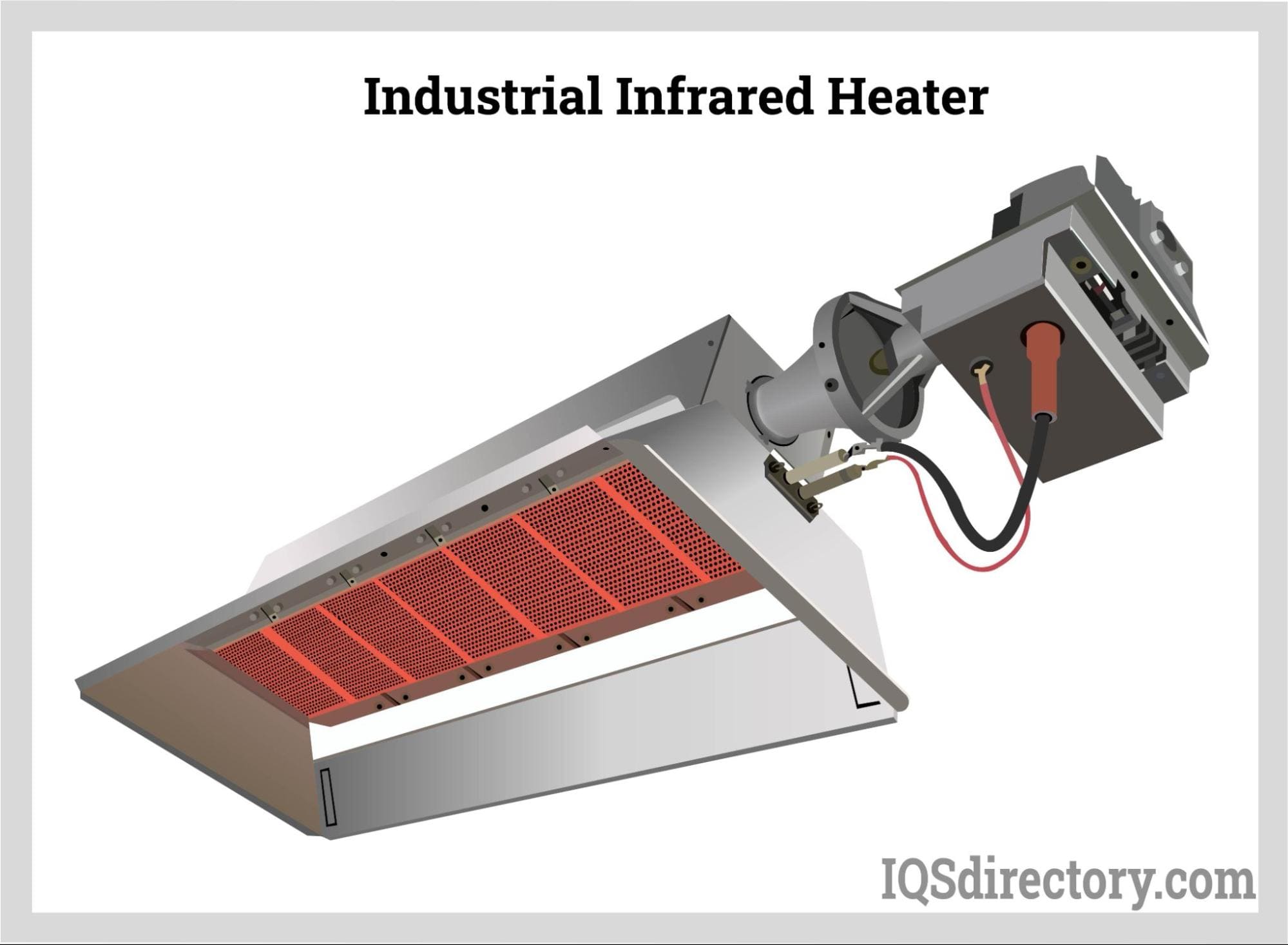Silicone heaters are rugged, durable, efficient, and resistant to moisture and chemicals. They may be glued or attached to any surface or other system component with ease. Surface heaters are used in various industrial, commercial, and military applications where dependability, cost-effectiveness, minimal cross-section, degradation resistance, and fundamental flexibility are important. Read More…
Backer Hotwatt is a superior designer & manufacturer of electric heaters and related heater accessories for various OEM & industrial applications.

At Cartridge Heaters Maxiwatt, we specialize in producing high-quality heating elements designed to meet the diverse needs of our clients across various industries. Our advanced heating elements are engineered with precision and built to last, providing reliable and efficient performance in even the most demanding applications. Utilizing cutting-edge manufacturing techniques and the finest...

At Dalton Electric Heating Co., Inc., we are proud to be a leading provider of high-performance electric heaters, serving various industries with innovative and reliable heating solutions. For decades, we have focused on designing and manufacturing durable products, including cartridge heaters, industrial heaters, and other custom thermal solutions, all built to meet the most demanding industrial ...

At Ryan Herco Flow Solutions, we take pride in providing high-performance fluid handling and filtration products, and our electric heaters stand out as an essential part of that mission. We specialize in electric heating solutions designed to deliver precise temperature control, reliability, and safety across a wide range of applications

More Silicone Heater Manufacturers
The etched or wire circuit is soldered to the power leads, then vulcanized between two layers of silicone rubber to create a homogeneous device. The silicone provides physical protection against scraping and scuffing and acts as a moisture barrier to allow operation in damp and outdoor situations. Silicone is chemically resistant as well.

Salient Features
- Silicone Heating Pads can be manufactured for various amperes or wattages with a maximum watt density of 60 W/in².
- Silicone heaters are heat-transfer efficient and have tight tolerances, and they can work in temperatures as low as -76 °F (-60 °C) and as high as 446°F (230 °C).
- Thermostats to measure temperature can be attached to silicone heating pads, temporarily or permanently.
- Silicone heating pads can be strapped, clamped, magnetized momentarily, or permanently vulcanized to cylindrical components in the factory.
- These have a wattage tolerance of ±10%.
- The dielectric strength of a Silicone Heating Pad is 1000 VAC.
- They are constructed with wire-wound or etched-foil elements.
Manufacturing Process of a Silicone Heater
The manufacturing process of a silicone heater consists of the following steps:
- First, the texture of the silicone material is chosen; this can either be smooth or rough, depending on flexibility and texture.
- Based on silicone rubber heater technology, the lengths of the flexible heater are coiled like a telephone cord.
- The lead wires are supported structurally by the molded end protector, which clamps around a pipe.
- To prevent condensation and contamination in the wafer process, it is crucial to have a consistent gas temperature in the supply lines.
- A cylinder-shaped piece that "snaps" into a pipe of the same diameter is a common design.
- Multiple layers can be applied for a thicker heater application.

Material Used in a Silicone Heater
The materials used in a fiberglass/silicone heater depend upon the type of element used. The wire-wound element contains different types of resistance wire:
-
Nickel Chrome
These alloys are non-magnetic with high resistivity and good oxidation resistance. These have a maximum temperature of up to 2280 °F (1248.9 °C).
-
Iron Chrome Aluminum
These alloys are high-resistance materials with very good form stability. They provide longer element life, have higher surface loading capabilities, and lower density.
-
Copper-Nickel
These alloys have a low-temperature coefficient of resistance and a medium range of electrical resistivity.

The etched-foil elements contain the following materials:
- Chemically etched circuits laminated between thin sheets of silicone
- Traditional print/etch technology
- Alloys such as stainless steel, aluminum, non-magnetic alloys, constantan, copper, nickel-chrome, or others

Circuit Design for Rapid Heating
- Resistance wire is glued to the silicone rubber in wire-wound silicone rubber heaters to guarantee physical robustness and uniform heat distribution.
- Chemically etched circuits are sandwiched between thin silicone sheets to guarantee rapid heat transmission in the etched foil silicone flexible heaters.
- When combined with temperature control devices, silicone rubber flexible heater create high output voltage, assure even heat distribution, and provide improved temperature control.
- Silicone heaters have a watt density of 30 watts per square inch and may be built as thin as 0.020 inches (0.5mm). They can resist 750 volts. As a result, silicone heaters are capable of quick thermal recovery and even heat distribution.
- The temperature range of these heaters is -40 °F (-40 °C) to 392 °F (200 °C), so they are suited for cryogenic and high-temperature applications.
Applications of Silicone Heaters
Silicone rubber heating elements are used in various applications owing to their benefits to industrial, commercial, and military applications. Here are some Industrial application areas:
Protect liquids and viscous materials from cold temperature: Silicone rubber can adhere to the walls of metal condensation tanks to keep liquids and viscous materials above the freezing point.
Prevent condensation: Silicone rubber heaters may be used to prevent condensation in any enclosed environment.
Prevent corrosion: Silicone rubber heaters can be attached to the inside walls of tanks or hoppers to keep the surface temperature above the point at which moisture forms.
Other areas include:
- Electronics
- Telecommunications equipment
- 3D printing
- Aerospace manufacturing
- Food processing and storage
Choosing the Correct Silicone Heater Supplier
To ensure the most positive outcome when purchasing a silicone heater from a silicone heater supplier, it is important to compare several businesses using our directory of silicone heater companies. Each silicone heater supplier has a business profile page highlighting their areas of experience and capabilities, along with a contact form to directly communicate with them for more information or request a quote. Review each silicone heater business website using our patented website previewer for a better understanding of what each company specializes in. Then, use our simple RFQ form to contact multiple silicone heater companies with the same form.

















 Cartridge Heaters
Cartridge Heaters Industrial Electric Heaters
Industrial Electric Heaters Heating Elements
Heating Elements Immersion Heaters
Immersion Heaters Infrared Heaters
Infrared Heaters Air Conditioners
Air Conditioners Castings & Forgings
Castings & Forgings Bulk Material Handling
Bulk Material Handling Electrical & Electronic Components
Electrical & Electronic Components Flow Instrumentation
Flow Instrumentation Hardware
Hardware Material Handling Equipment
Material Handling Equipment Metal Cutting Services
Metal Cutting Services Metal Forming Services
Metal Forming Services Metal Suppliers
Metal Suppliers Motion Control Products
Motion Control Products Plant & Facility Equipment
Plant & Facility Equipment Plant & Facility Supplies
Plant & Facility Supplies Plastic Molding Processes
Plastic Molding Processes Pumps & Valves
Pumps & Valves Recycling Equipment
Recycling Equipment Rubber Products & Services
Rubber Products & Services